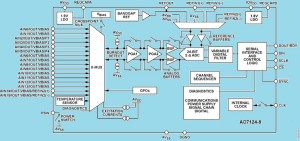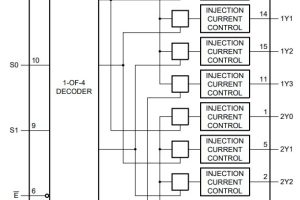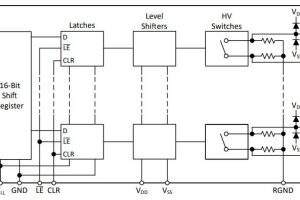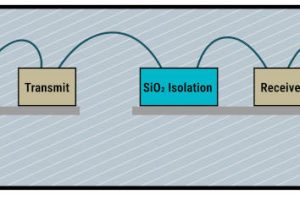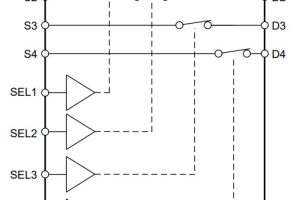The AD7124-4 and AD7124-8 are integrated signal chain devices with a programmable gain amplifier, precision reference, reference buffers, current sources, temperature sensor and excitation sources all on-chip.
The AD7124-4 has four differential and seven pseudo-differential inputs and the AD7124-8 has eight differential and 15 pseudo-differential inputs.
The AFEs are designed to be used with devices with analogue outputs such as resistance temperature detectors, thermocouples, voltage/current inputs and current bridges.
The devices offer three user-selectable power modes. In the lowest power mode (255 µA) the converter delivers 21.7 noise free bits at low sampling rates.
The user-selectable power modes allow designers of programmable-logic controllers, process controllers, transmission systems and other industrial and instrumentation equipment to develop a single platform by precisely matching power/performance requirements for each use case.
Features
- Three power modes
- RMS noise
- Up to 22 noise free bits in all power modes (gain = 1)
- Output data rate
- Rail-to-rail analog inputs for gains > 1
- Simultaneous 50 Hz/60 Hz rejection at 25 SPS (single cycle settling)
- Diagnostic functions (which aid safe integrity level (SIL) certification
- Crosspoint multiplexed analog inputs
- 4 differential/7 pseudo differential inputs
- Programmable gain (1 to 128)
- Band gap reference with 15 ppm/°C drift maximum (65 μA)
- Matched programmable excitation currents
- Internal clock oscillator
Analog Devices writes:
The AD7124-4 is a low power, low noise, completely integrated analog front end for high precision measurement applications. The device contains a low noise, 24-bit Σ-Δ analog-to-digital converter (ADC), and can be configured to have 4 differential inputs or 7 single-ended or pseudo differential inputs. The onchip low gain stage ensures that signals of small amplitude can be interfaced directly to the ADC.
One of the major advantages of the AD7124-4 is that it gives the user the flexibility to employ one of three integrated power modes. The current consumption, range of output data rates, and rms noise can be tailored with the power mode selected. The device also offers a multitude of filter options, ensuring that the user has the highest degree of flexibility.
 Electronics Weekly Electronics Design & Components Tech News
Electronics Weekly Electronics Design & Components Tech News
